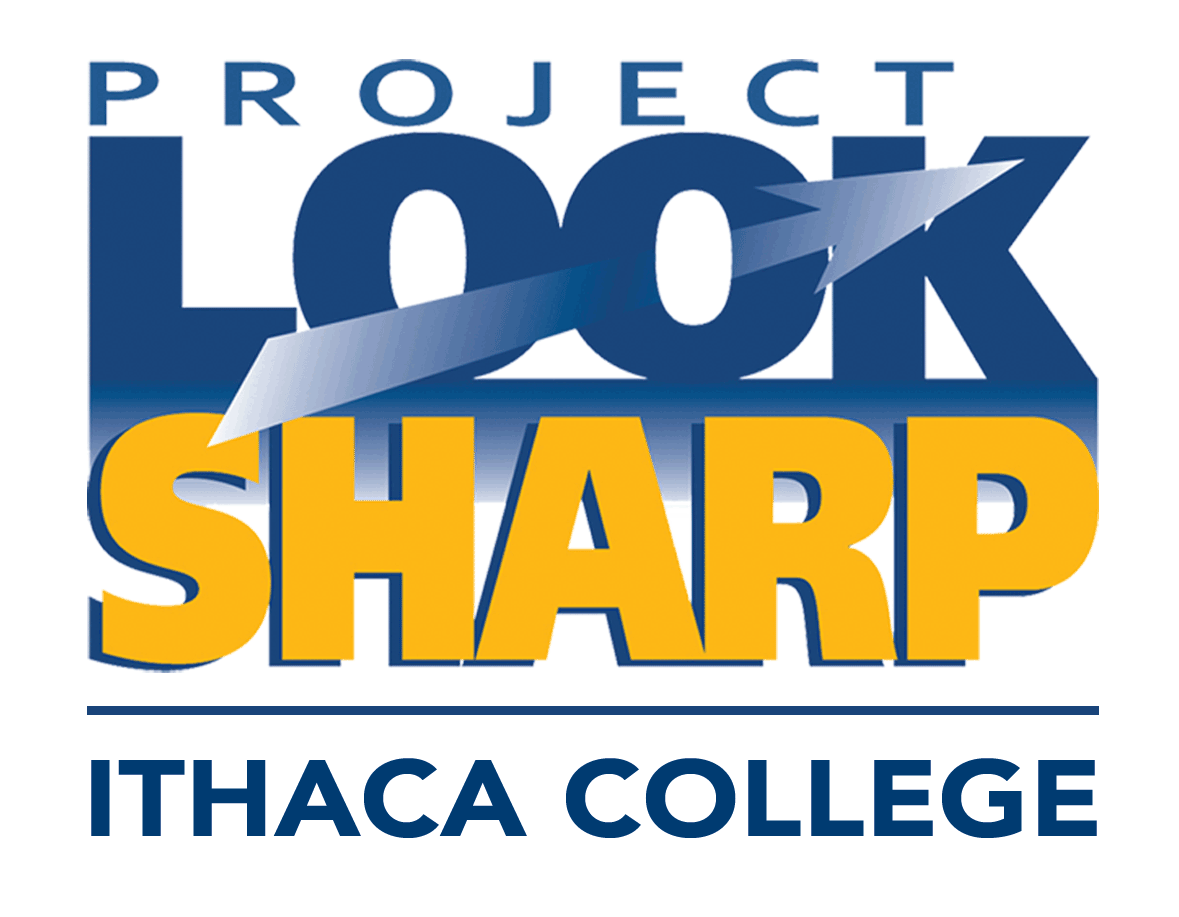New to Media Literacy? Start Here!
Media Literacy Education is expanding rapidly in the U.S. and globally. Interest began in the 1980s with families helping children question TV content. Since then, media literacy has been integrated into K–12 education, where it’s often linked to overall literacy and even mandated in some states. It’s also found in afterschool programs, youth groups, and increasingly in college courses and degree programs.
What is “Media”?

Though some media literacy organizations focus on digital media or specific formats like news or ads, “media” refers to all messages we see, read, or hear that are typically mass-produced with technology. This includes both digital and traditional formats, such as books, packaging, music, maps, and a wide range of other examples. Media literacy applies to all kinds of media, even future ones. Project Look Sharp’s free lessons use diverse media formats to teach media literacy skills.
What is “Media Literacy”?

Media literacy is modern literacy—reading and writing for today’s media-rich world. It is often defined as the ability to access, analyze, evaluate, create, and act with respect to media. Project Look Sharp supports this definition but also emphasizes inquiry and reflection across all skills. Asking questions about messages—and our responses to them—is central to media literacy, as is reflecting on the media we create ourselves. Media literacy aims to empower students with tools for navigating media messages, rather than just protecting them from “harmful” content.
Media Literacy Advocacy in the U.S.

NAMLE (The National Association for Media Literacy Education) is the U.S. membership organization, hosting a summer conference and US Media Literacy Week in the fall. Membership is free and connects people and organizations involved in media literacy. NAMLE also promotes media literacy through communications and advocacy work.

Media Literacy Now is another advocacy group, working with state legislatures to integrate media literacy into K–12 education. States vary—some require courses, others focus on teacher and librarian training to embed media literacy across subjects.
Project Look Sharp’s Work in Media Literacy Education
Project Look Sharp began in 1996 as a nonprofit outreach program at Ithaca College helping K–12 educators teach media literacy. As a founding member of NAMLE, we initially provided professional development focused on key media literacy concepts. Teachers often told us they needed media materials that taught both content and literacy together.
So in 2003, with grant support we started creating free lessons designed to teach academic content through media analysis. Today we offer the largest free library of curriculum-driven media literacy lessons in the U.S. — over 900 free lessons using everything from book covers to TikTok. These lessons integrate inquiry-based media decoding into all grade levels and subjects, using fair use to provide thousands of free media examples. We regularly add new lessons, which align with AASL, ISTE and other standards. We have a special emphasis on evaluating the credibility of information, issues of social justice and sustainability.
Our Pedagogy: Constructivist Media Decoding (CMD)

All Project Look Sharp lessons are based on the principle that students construct meaning from media. Teachers act as facilitators of student learning rather than content deliverers. Our inquiry-based approach to media analysis supports guided, collective analysis where students develop habits of responding to and asking questions about all media messages, including content based questions (e.g., the images to the right) and media literacy questions, such as:
- Who made this and for what purpose?
- What techniques are used?
- Is the content credible?
- How does my identity affect interpretation?
- What questions do I still have?
Our PD Resources

To help educators use constructivist media decoding, we offer many free tools: annotated classroom videos, “Key Questions for Media Analysis” handouts and posters, subject-specific Starter Kits, and a DIY lesson creation guide. We also offer paid professional development—workshops and courses that train teachers and librarians to lead media literacy efforts. Our directors, Cyndy Scheibe and Chris Sperry, publish widely and present at conferences like NAMLE, ASCD, and NCSS.
Along with NAMLE and others worldwide, we aim to foster a culture where everyone can navigate a media-rich world with critical skills—essential for individual empowerment and democratic societies.
